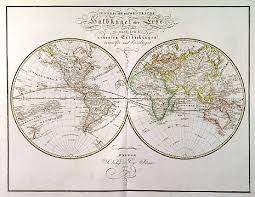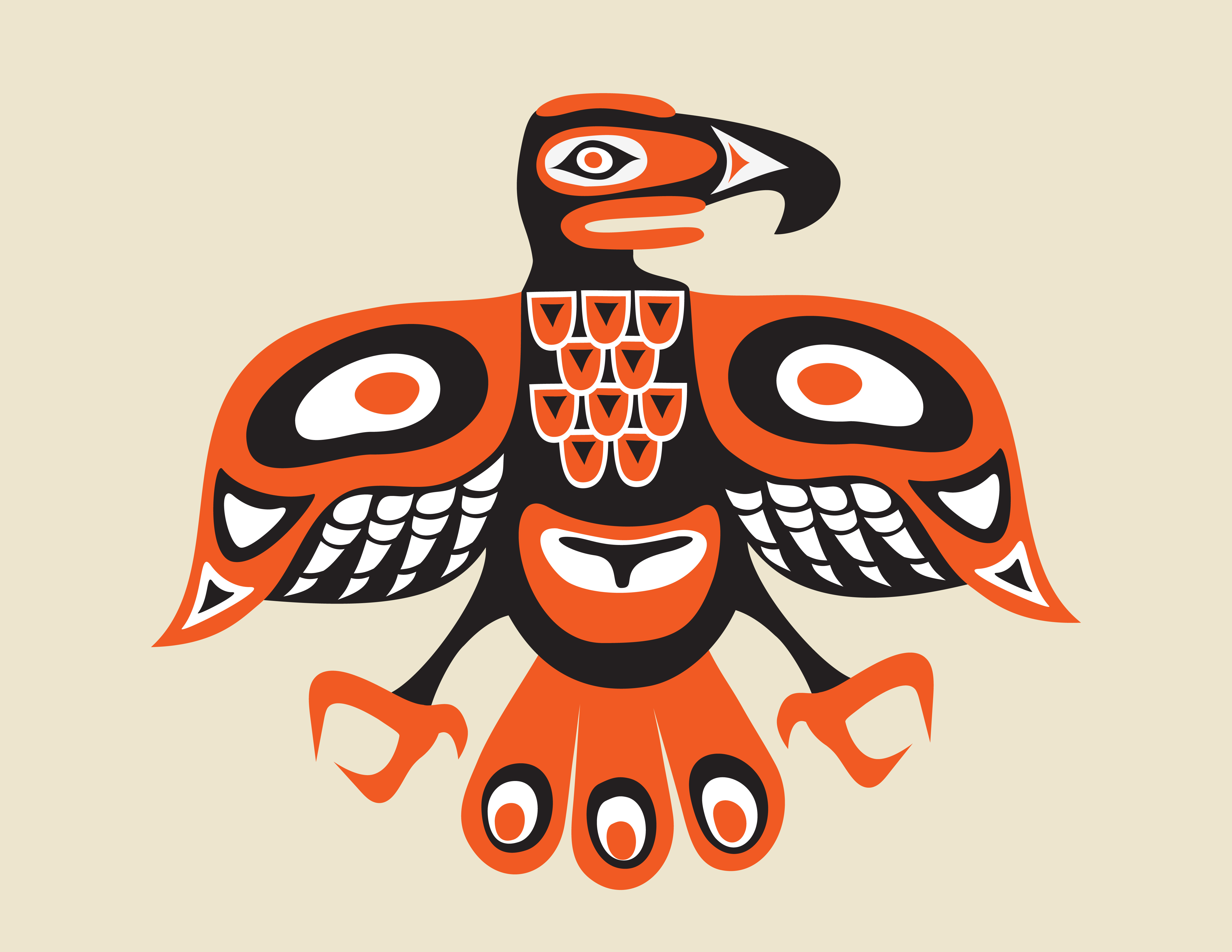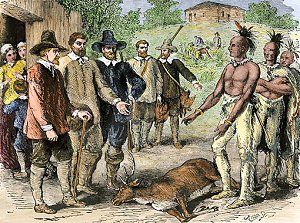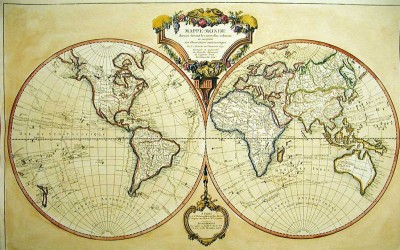Related Issue 2: To what extent should contemporary society respond to the legacies of historical globalization?
Related Issue 2 To what extent should contemporary society respond to the legacies of historical globalization?
Introduction
Here is an example Schedule for this unit.
What are the origins and consequences of historical globalization on Indigenous and non-Indigenous peoples?
| Some historians trace the historical beginnings of globalization to the first centuries of world history. Global contact for trade purposes was well-established throughout the world. The goods and technologies from one part of the world were very popular to the inhabitants of other parts of the world. There are historical maps of trade networks between Europe and Asia. From the perspective of many European empires, this trade network was vital to their power and wealth. |
|
|
As demand for goods and technologies increased, those wishing to trade looked outward to new areas for such resources. European and Asian explorers embarked on voyages westward. This sparked the initial contacts between Europeans and Asians and the original inhabitants of the Americas, Africa, and Asia. Module 2 focuses on the relationships between Indigenous and non-Indigenous peoples. You will explore primarily the early relationships between the Aboriginal peoples of North America, the Indigenous peoples of these lands, and the Europeans, the non-Indigenous peoples who arrived in these lands.
|
Indigenous peoples: the original peoples of a region Non-Indigenous peoples: inhabitants who arrived and settled in the land of the original peoples Aboriginal peoples: defined by the Constitution Act (1982) to refer to Indian, Inuit, and Métis peoples of Canada |
| The settlement of Canada by Europeans during the fifteenth to seventeenth centuries is the result of expeditions by European explorers to seek resources in North America. Other European explorers navigated routes in other directions that led to contact with the Indigenous peoples of Africa, Asia, and Australia. The relationships that emerged were diverse in nature. These relationships could be economic, social, and/or political in nature depending on the ideas, values, and beliefs each group brought with them. In some circumstances there were mutual benefits to contact between Aboriginal and European peoples. In other circumstances the resources were valued more than any possible relationships with Aboriginal peoples. These circumstances placed Aboriginal peoples in unequal relationships where the relationship to the land, the ways of life, and the resources were exploited for the benefits of European consummation and power. |
|
| There are many perspectives on the relationship between Indigenous and non-Indigenous peoples or, as explored in this module, the Aboriginal and European peoples as they interacted in North America. You will develop understandings of the origins of globalization and the relationships and legacies—economic, political, and social—between these groups. |
|
What were the historical reasons and legacies?
Many of the global issues today have a basis in the historical contact and relationships that develop between Indigenous and non-Indigenous peoples. In this section, you will explore contacts and relationships. You will examine the factors that led historically to cultural contact between groups. You will explore the world views that shaped those relationships and the foundations that created historical globalization. You will analyze the relationship between historical globalization and the economic, political, social, and cultural legacies evident in the world today.
Indigenous peoples: the original peoples of a region
Non-Indigenous peoples: inhabitants who arrived and settled in the land of the original peoples
Aboriginal peoples: defined by the Constitution Act (1982) to refer to Indian, Inuit, and Métis peoples of Canada



